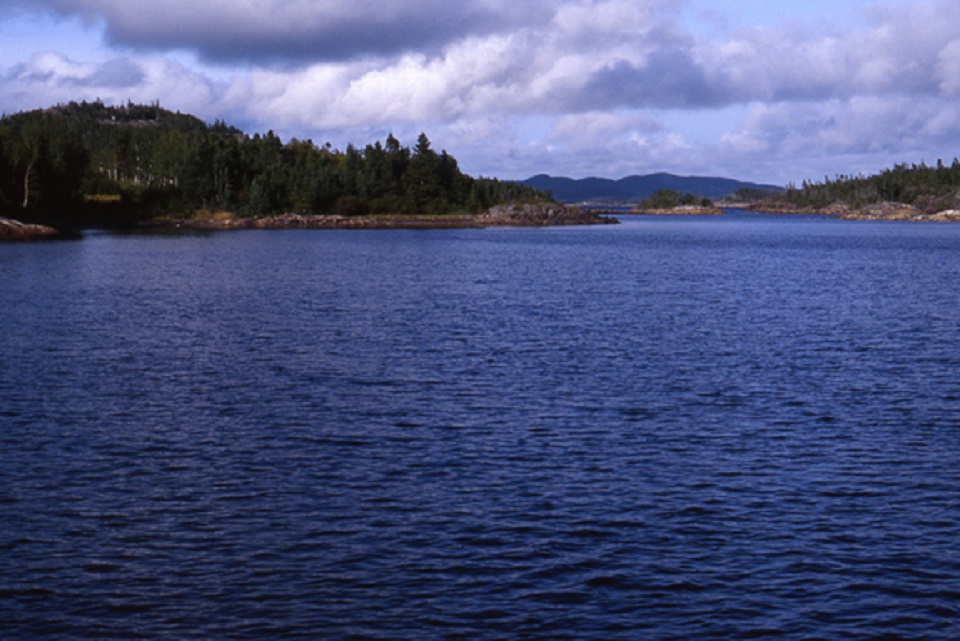
We know that Vikings settled for a short time in Newfoundland, but did they go even further?
Iceland to Greenland to Newfoundland to..
Now Canadian researchers claim that about a thousand years ago, a group of Vikings sailed from Newfoundland’s northernmost point to Notre Dame Bay, which lies about 230 kilometers (143 miles) to the south.
This journey would have taken the Vikings (also called “Norse”) from the famous Norse settlement L’Anse aux Meadows on the northern tip of Newfoundland to a more densely populated part of Newfoundland which probably led to the first contact between Europeans and the indigenous people of the New World.
The Canadian scientists from Brown University base this claim on the analysis of two quartz stones, called jasper stones. These stone were used by the Vikings to make fire. And many of these stones have been found at L’Anse aux Meadows.
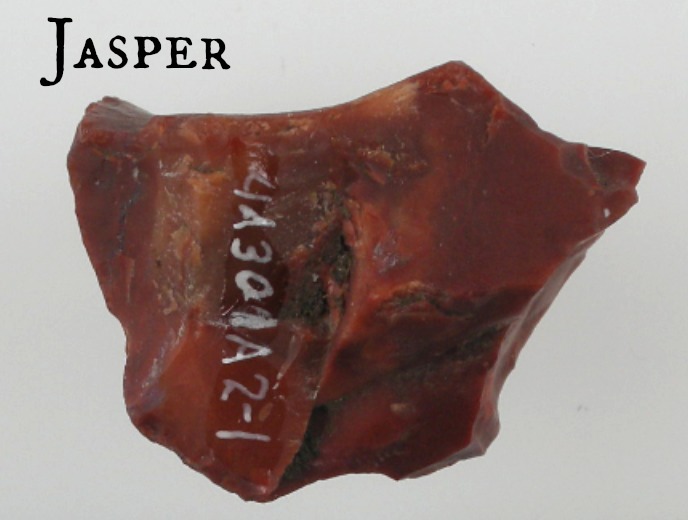
Chemical Fingerprints
When the researchers then decided to analyze the stones more closely, looking for chemical fingerprints. They noticed that these stone can only originate from a specific geographical area in Newfoundland, specifically the Notre Dame Bay. They, therefore, conclude that the Vikings must have visited this place.
The two jasper stones were analyzed using an X-ray fluorescence device that can detect chemical signatures. And the results clearly showed that the larger jasper stone of the two originated from the Notre Dame Bay area along a 71 kilometer (44 miles) long stretch of the coast.
Notre Dame Bay and Beyond?
This bay area was very lush, with forests, fish, and prey. So it must have been a very attractive area to visit compared to the northern parts of Newfoundland. An area reminiscent to the Viking homelands in Scandinavia and Norway. Probably also a pleasant change from the otherwise almost treeless and barren Atlantic islands colonized by the Norse along their journey across the Atlantic ocean.
Previous studies have indicated that the Norse also visited the coast near Quebec and the Canadian Arctic regions. This is among other things, based on the presence of butternut seeds at L’Anse aux Meadows, which indicates that the Norse sailed to the Gulf of St. Lawrence and possibly beyond to collect these. Since there are no butternut trees on Newfoundland.
This would also explain the fact that the Norse named North America “Vinland” which translates into Wine-land. But to find a wine they would have needed to travel much further south, at least to the Gulf of St. Lawrance. Also, there have been several typical Norse artifacts found at excavations in the Canadian Arctic. Artifacts have been found buried under the tundra on the windy cape of Baffin Island. Artifacts that does not appear to have been made by indigenous hands.
Then there are the Norse sagas, with contains two sources of information about the Norse voyages to North America. These two Icelandic sagas are “The Saga of Eric the Red” and “The Saga of the Greenlanders”. Both tell how a significant amount of people, probably around a hundred, visited “Vinland” and sailed to certain places assumed to be located on the east coast of North America.
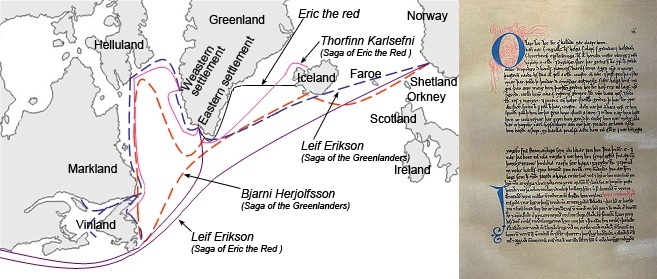
The sagas were oral tradition until written down 250 years after the events they describe. They cannot be accepted as any scientific or historical evidence of events, but they are pieces of a big fascinating puzzle.
Archaeological evidence suggests that the Norse outpost at L’Anse aux Meadows was occupied for no more than 10 to 25 years. And it remains a mystery why the Vikings left and returned home.
Humans Circumnavigating The Earth
The first contact between Europeans and Native Americans is fascinating by itself. But even more so is the fact that this would have been the first time for humankind to meet again after the Africa exodus and early human migration of Earth took place.
As the exodus from Africa took place about 50,000 years ago, humans went in two separate ways. One group to the North West and Europe. Another group to the East, to Asia, then over the land bridge at Bering Straits to Alaska, North and South America. The other branch that colonized Europe then went across the Atlantic ocean in 1,000 CE.
Reference:


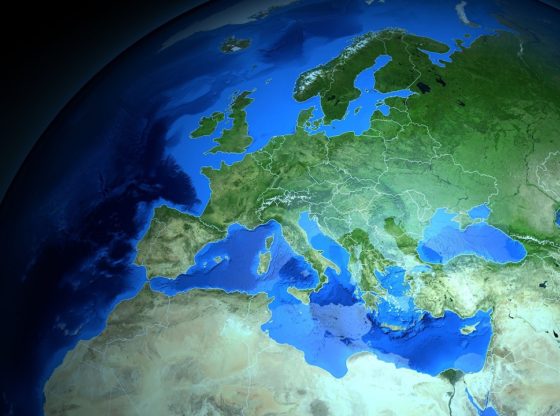
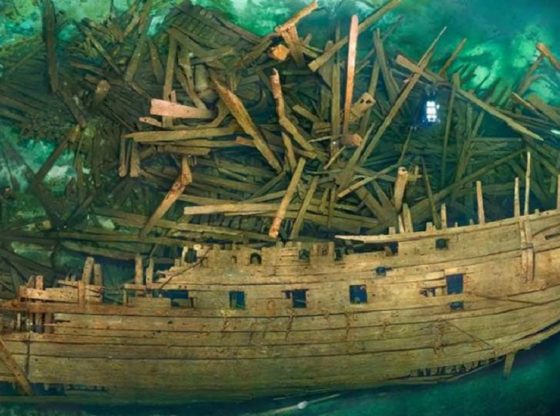

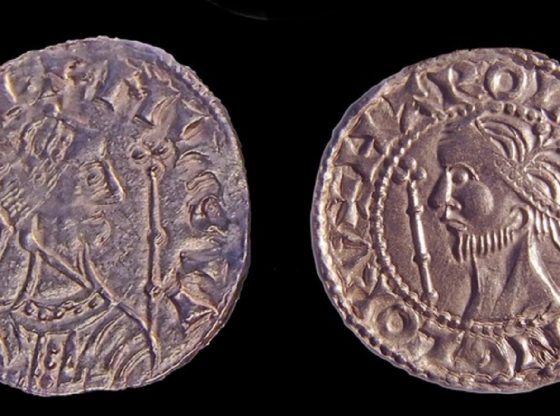

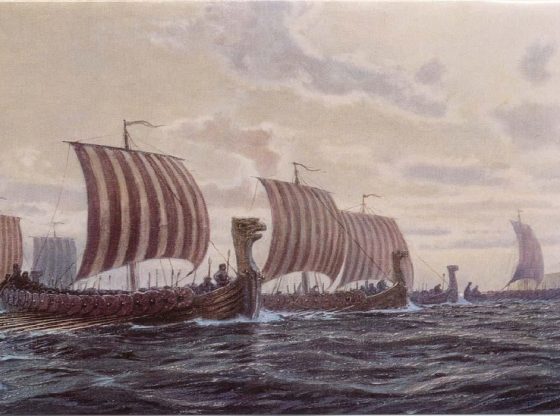
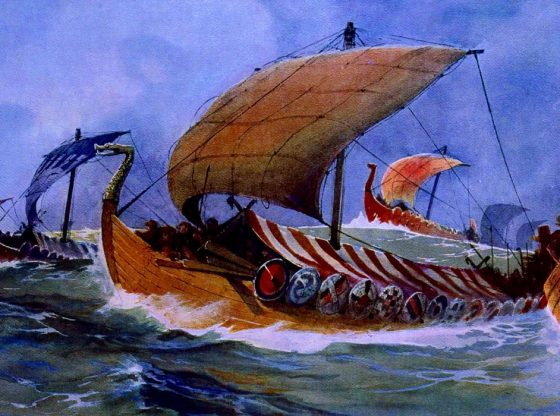
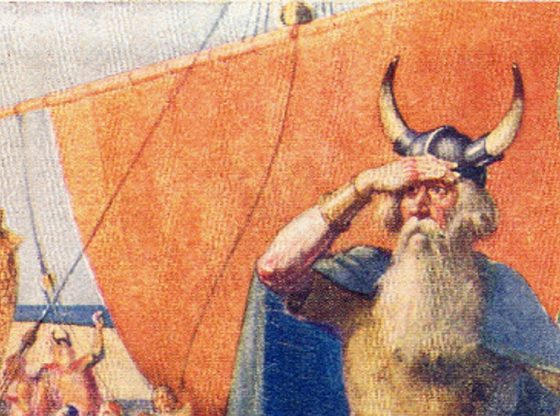

![OpenAI. (2025). ChatGPT [Large language model]. https://chatgpt.com](https://www.illustratedcuriosity.com/files/media/55136/b1b0b614-5b72-486c-901d-ff244549d67a-350x260.webp)
![OpenAI. (2025). ChatGPT [Large language model]. https://chatgpt.com](https://www.illustratedcuriosity.com/files/media/55124/79bc18fa-f616-4951-856f-cc724ad5d497-350x260.webp)
![OpenAI. (2025). ChatGPT [Large language model]. https://chatgpt.com](https://www.illustratedcuriosity.com/files/media/55099/2638a982-b4de-4913-8a1c-1479df352bf3-350x260.webp)








